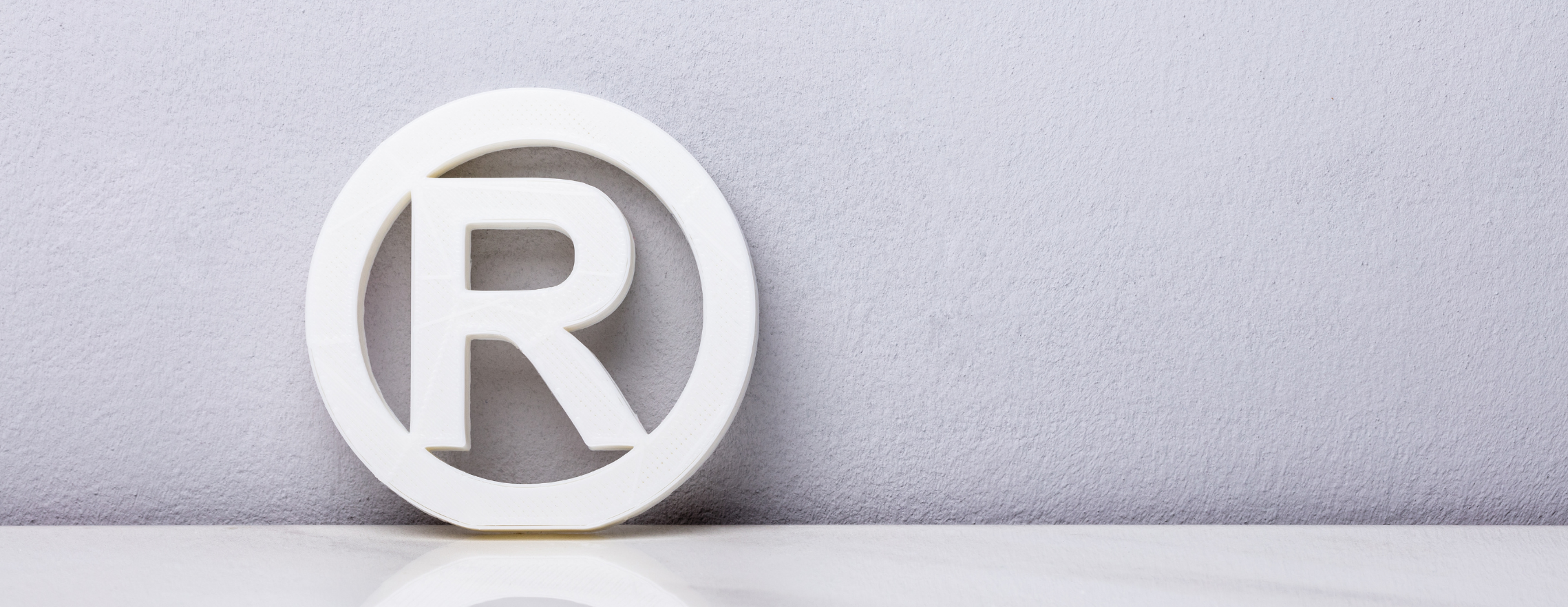Registration process
The trademark registration process may differ from country to country but it has a common structure. It can be divided into four main steps:
1. Application. The first and most important step of the process is filing the application to register your trademark. This is where you need to make a lot of effort and spend time to understand what and how exactly you need to do in order to successfully apply to register a trademark. The application process itself may also differ in different countries. Depending on the country (where you want to register the trademark) and, therefore, on certain intellectual property offices, you may be asked to give different sets of documents and information about your business and your future trademark. Most importantly, this is the step where you need to conduct a significant search of existing trademarks in order not to get rejected on the basis of an already existing similar name.
2. Examination. The second step is an examination by the corresponding to your country of interest intellectual property office (for example, US Patent and Trademark Office). If during the application step everything was properly filed, the process will go directly to the next step. However, at this step government office may contact you to request additional information (which also must be filed appropriately). Your application can be rejected at this step for a number of different reasons. This step can last for 2-6 months depending on the country.
3. Publication. In some countries, it is also called the opposition period. This is when your application is published and any other individual/company can raise objections to why your trademark should not be registered. There are usually two motives for objecting: earlier right and absolute ground. “Earlier right” motive corresponds to the situation when trademark owner that is already on the market (and, therefore, has the earlier right, or more than one) believes that your trademark will, if registered, conflict with their trademark. “Absolute ground” motive is when any third party considers that your trademark should not be registered. Absolute grounds are requirements that your trademark needs to satisfy, such as being distinctive, non-descriptive of the business you are in, and clearly represented. Opposition results are decided by the government office. This step takes 2-4 months (depending on the country) if no objections are raised.
4. Registration. If nobody files an opposition your trademark is registered and the registration is published. This is done so that other trademark owners and the public, in general, are aware that this particular trademark is yours. The publication of the registration is free of charge and a certificate of registration is issued.

Product classes
In order to make an application for trademark registration, you are required to provide the office with a set of documents, including your personal information (such as full name, address, etc.) and information about your trademark. One of the most important pieces of information about your trademark is the choice of product or service class/classes that your trademark will be used for.
It may differ depending on the country, but most countries use a common set of categories Nice classification. Products and services are organised in this set of categories or classes. Usually, classes are numbered and each number corresponds to a specific category of products and services.
When filing an application, you must decide which class/classes to choose for your trademark, since your trademark will only be protected in this/these exact class/classes. In theory, you can register your trademark in any additional classes later, but keep in mind that until you do this, anyone can register the same or similar name in any other class. So, if you are considering expanding your business with other class products within 3-5 years, it would be better if you register the trademark in all classes you need at once.
Reasons for trademark rejection
Your trademark application can be rejected during the registration process for a number of reasons. The most common one is insufficient verification that a trademark can be registered at all. This happens due to the complex procedure of checking trademark availability since it is required that there should not be any conflicts of your trademark with any of the already existing ones.
Moreover, your trademark application can be accepted by the government office at the examination step but can be rejected during opposition due to practically the same reason. Other reasons for rejection may be incorrect application filing, choice of a trademark name (for example, due to usage of geographical terms), cases when the applicant was pursuing illicit aims in filing the application of the trademark, etc.

